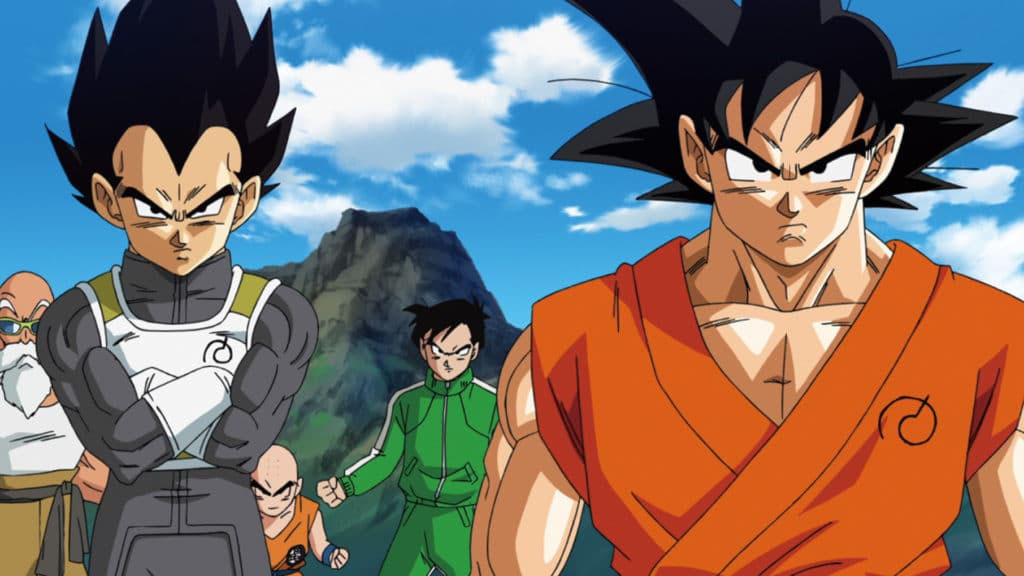
Photo Credit: File Photo
Japanese animation, or anime, captivates audiences worldwide with its blend of daring narratives, intricate complexity, and boundless creativity. From the iconic works of Katsuhiro Otomo’s “Akira” to Mamoru Oshii’s “Ghost in the Shell” and the enchanting creations of Hayao Miyazaki, anime stands as a testament to artistic innovation in storytelling.
However, the roots of anime stretch far beyond its modern-day fame, reaching back to Japan’s early 20th-century endeavors to embrace modernization. Among the surviving relics is “Namakura Gatana” (Blunt Sword), dating back to 1917, showcasing artists’ efforts to merge traditional tales with contemporary animation techniques.
In 1931, “Oira no Yaku” (Our Baseball Game) emerged as a delightful slapstick comedy featuring rabbits and tanukis engaging in a baseball match, blending folklore motifs with a newfound sporting passion introduced to Japan in the late 19th century. Accompanied by a Benshi narrator, such early animations captivated audiences, heralding a transition from traditional storytelling to cinematic marvels.
“Kobu-tori,” a 1929 adaptation of a Japanese folktale, epitomizes the intricate character designs and nuanced storytelling prevalent in early anime. Detailing the tale of a woodsman with a curious growth on his jaw, it immerses viewers in a world of magical creatures and moral quandaries.
Among the notable works is “Ugokie Kori no Tatehiki” (The Moving Picture Fight of the Fox and the Possum) from 1931, presenting a fantastical encounter between a cunning fox and a group of mischievous tanukis. Drawing inspiration from Japanese folklore, the animation evokes the whimsy of Max Fleischer’s and Otto Messmer’s creations.
A peculiar artifact from 1936 emerges as a blend of animation and political commentary, depicting flying Mickey Mouses attacking an island filled with Western cartoon characters. This surreal narrative reflects Japan’s wartime rhetoric of liberating Asia from Western colonialism, a sentiment that diverges sharply from historical realities.
As anime evolved, it became a potent medium for cultural expression, reflecting Japan’s societal shifts and global aspirations. From its humble beginnings to its current global influence, anime continues to enchant audiences with its rich tapestry of storytelling, blending tradition with innovation in a mesmerizing display of artistic prowess.
In essence, the early years of Japanese animation serve as a testament to the nation’s artistic ingenuity and cultural resilience, laying the foundation for a vibrant and ever-evolving medium that transcends borders and captivates hearts worldwide.
Mannu mwendwa
















